Greenland Ice May Melt Even Faster
The vulnerability of Greenland’s glaciers to global warming is even greater than feared, according to radar and satellite data analysed by U.S. research scientists -- and that's bad news for rising sea levels.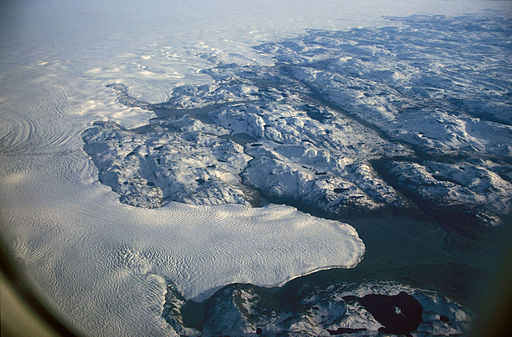
By Tim Radford, Climate News NetworkThis piece first appeared at Climate News Network.
LONDON, 24 May — Just days after US researchers identified geophysical reasons why West Antarctica’s glaciers are increasingly vulnerable to global warming, a partner team has pinpointed a related cause for alarm in Greenland.
Many of the bedrock crevices and canyons down which the island’s glaciers flow have basements that are below sea level. This means that as warm Atlantic waters hit the glacier fronts, the glaciers themselves become more vulnerable to global warming and increasingly likely to melt at a faster rate.
Researchers have been worried for years about rates of melting in Greenland, which is why scientific attention to the vast, ancient ice cap has been stepped up. But the latest finding suggests that what had seemed bad news could turn out to be much, much worse.
If accelerated melting does happen — and all such predictions will be tested initially by yet more research, and then ultimately by time itself — it will be the consequence of an unholy mix of man-made global warming and entirely accidental geomorphology.
The presumption is that terrestrial landforms are routinely above the sea’s highest tides. But Mathieu Morlighem, of the University of California, Irvine, and colleagues — one of whom is Eric Rignot, who authored the research on West Antarctic glaciers, reported in Nature Geoscience — found that this is not always the case.
Radar soundings
They used airborne radar soundings and satellite data to show that beneath the glacial ice were valleys so deeply incised that some of them were hundreds of metres below sea level, at distances tens of kilometres from the sea.
The researchers conclude: “Our findings imply that the outlet glaciers of Greenland, and the ice sheet as a whole, are probably more vulnerable to ocean thermal forcing and peripheral thinning than inferred previously from existing numerical ice sheet models.”
The scientists, of course, could not see these new, deep slashes in the bedrock — they lie under a huge burden of locked or very slowly moving ice. To arrive at their conclusions they had to combine the satellite and radar data, and estimates of snowfall and ice melt, to build up a “mass conservation algorithm” that could reveal the secrets of the buried bedrock.
“The glaciers of Greenland are likely to retreat faster and further inland than anticipated — and for much longer — according to this very different topography we’ve discovered beneath the ice,” Morlighem said. “This has major implications, because the glacier melt will contribute much more to rising seas around the globe.”
But even before the warming seas start to lap at the rim of Greenland’s icy mountains and melt the glaciers from beneath, global warming threatens the icecaps from above. Kaitlin Keegan, of Dartmouth College in the US, and colleagues report in the Proceedings of the National Academy of Sciences that the dramatic surface melting of the island’s ice sheet in 2012 can be explained by a combination of unprecedented temperatures linked to climate change and clouds of ash and soot from forest fires.
And since climate change is on the way and forest fires are on the increase, the process will go on, and Greenland’s icy surface will melt more often in the northern summers. By 2100, practically the whole of the Greenland ice sheet will be subject to widespread annual meltdown.
Freak weather
In July 2012, more than 97% of the Greenland ice sheet melted at the surface. This was seen as an event blamed on freak weather conditions, or perhaps as an indicator of things to come.
Forest fires were a feature of that long, hot North America summer, but their effect was more difficult to measure. Now it seems that clouds of black carbon reduced the albedo — that is, the ability of snow and ice to reflect sunshine back into space and keep itself cold. At the same time, the warmer air of summer pushed the ground temperatures above freezing point.
The team looked at the evidence of ice cores and found signs of similar dramatic melting in 1889. They also found scatters of forest fire ash in the layers from 1868 and 1908, but the summers of these years were too cold to permit any melting of the ice sheet.
“With both the frequency of forest fires and warmer temperatures predicted to increase with climate change, widespread melt events are likely to happen much more frequently in the future,” Keegan says.
Your support matters…Independent journalism is under threat and overshadowed by heavily funded mainstream media.
You can help level the playing field. Become a member.
Your tax-deductible contribution keeps us digging beneath the headlines to give you thought-provoking, investigative reporting and analysis that unearths what's really happening- without compromise.
Give today to support our courageous, independent journalists.
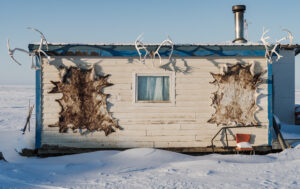
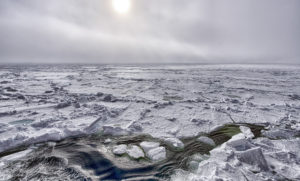
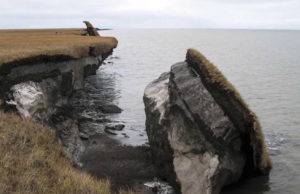
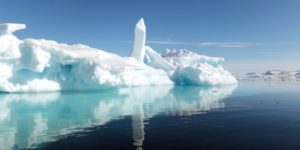
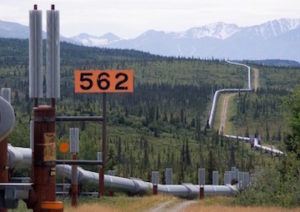

You need to be a supporter to comment.
There are currently no responses to this article.
Be the first to respond.